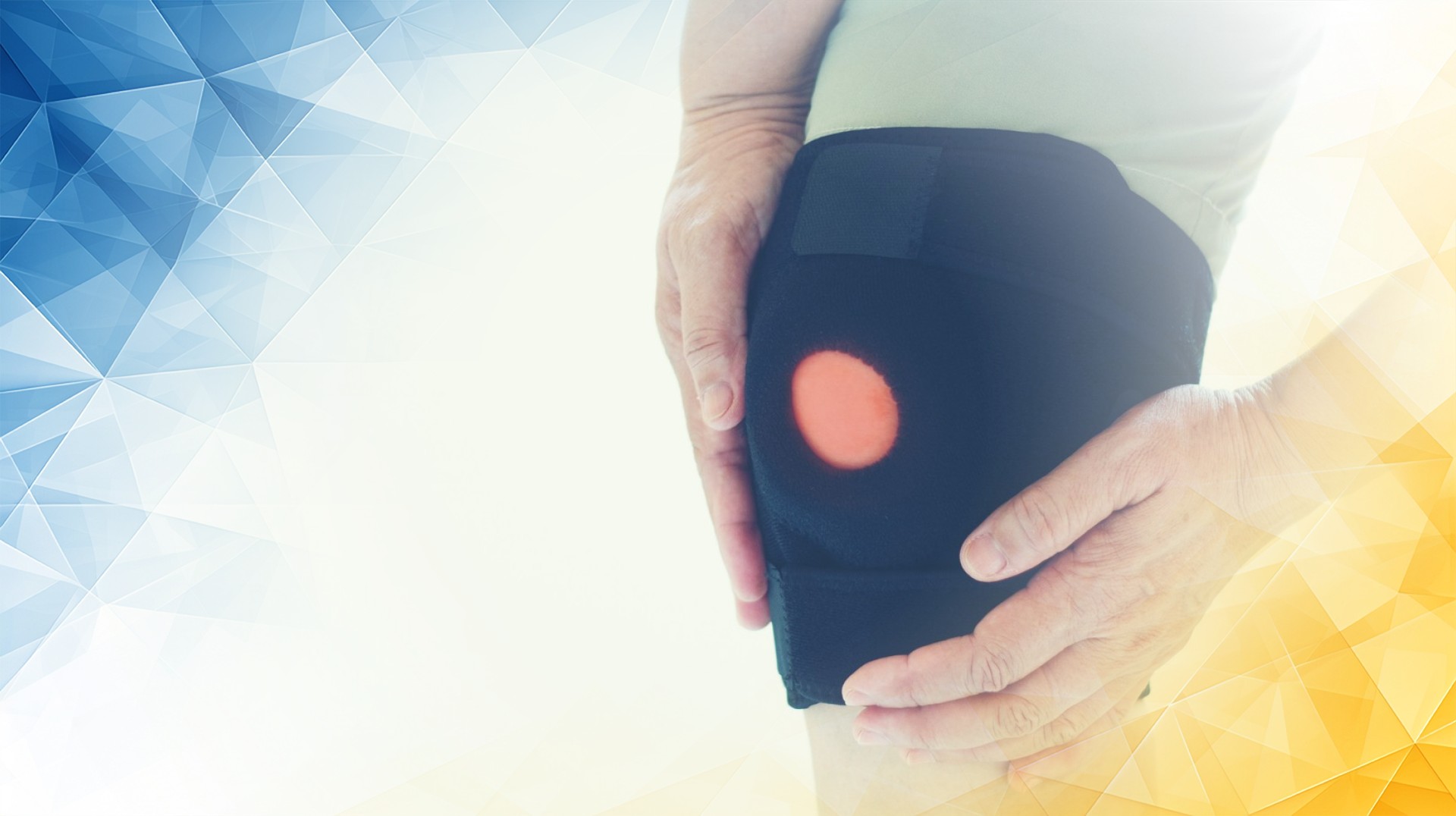



A femoroacetabular impingement (FAi) hip labrum tear might sound complex, but it’s actually a fairly common condition. The labrum is a ring of cartilage that surrounds your hip socket , helping keep the joint stable and moving smoothly. When this cartilage tears, it can cause pain, stiffness, and make everyday activities challenging. FAi hip labrum tears are often difficult to detect and, if left untreated, can lead to long-term joint problems . That’s why they’ve become a focus for both clinicians and researchers alike.
This article explores the latest advances in diagnosing and treating FAi hip labrum tears . We’ll show how new scientific breakthroughs are combining with established care methods to help patients recover faster and more comfortably. Whether you’re a patient, caregiver, or simply curious, this guide will introduce you to modern ways of understanding and managing this condition.
Diagnosing a FAi hip labrum tear early makes a real difference—think of it as fixing a tiny crack before it spreads through your windshield. Traditionally, doctors relied on symptoms and physical exams, but tears in the labrum can be subtle and easy to miss.
Today, advanced imaging tools like MRI ( magnetic resonance imaging ) and CT (computed tomography) scans provide a clearer window into the hip joint. In particular, MRI arthrography is excellent at picking up even the smallest labral tears . Alongside these scans, specialized clinical tests are improving doctors’ ability to pinpoint problems sooner. Research confirms that combining these technologies with careful movement assessments leads to quicker, more accurate diagnoses. Finding a tear early is key to preventing further injury and preserving hip function.
Diagnosing hip labrum tears used to feel like solving a puzzle with missing pieces—doctors had to put the story together from symptoms and hands-on exams alone. Today’s technology, fueled by academic research, gives healthcare providers a much clearer picture.
High-resolution imaging can pinpoint not only the existence but also the size and location of a tear. Even more impressively, newer imaging techniques allow doctors to see the hip in motion, providing insight into how bones and cartilage interact during real-life activities. This dynamic view can reveal issues missed by still images, leading to more precise diagnoses and more tailored treatment plans for each patient.
Thanks to these innovations, patients benefit from more targeted and effective care plans based on the specific nature of their injury .
Once diagnosed, treatment begins—and for many, surgery isn’t the first option. In most cases, doctors recommend conservative, non-surgical approaches to reduce pain and restore hip function.
Physical therapy is a cornerstone of this care. Skilled therapists design individualized exercise programs to strengthen the muscles surrounding the hip, improve joint stability, and correct movement patterns that contribute to impingement . Research shows that targeted rehabilitation often helps patients avoid surgery and return to their daily lives with less pain.
Many patients who follow these tailored rehabilitation plans experience significant improvements in comfort and mobility. This approach emphasizes personalized care, adapting treatments to fit each individual’s progress and needs.
In some cases, if a tear is too severe or does not respond to conservative care, surgery may be the best course. Modern surgical techniques, such as arthroscopic labral repair, are minimally invasive. This means smaller incisions, less pain, and faster recovery compared to traditional open surgeries.
However, surgery is only part of the healing process. Post- operative rehabilitation is essential for a complete recovery. Physical therapists work closely with patients to regain strength , flexibility, and range of motion. These programs also focus on improving balance and joint awareness to help prevent future injuries , ensuring that patients can safely return to everyday activities or sports.
Over the years, the way we diagnose and manage FAi hip labrum tears has evolved dramatically. Modern care combines the strengths of traditional methods with advances in imaging, biomechanics , and rehabilitation science to create more personalized, effective treatment plans.
Research has consistently shown that this integrated approach leads to quicker recoveries, less pain, and healthier hips over the long run. Whether through specialized physical therapy or the combination of surgery and focused rehab, today’s strategies empower patients to regain function and return to the activities they enjoy.
The treatment of FAi hip labrum tears is advancing rapidly. Early, accurate diagnosis —thanks to improved imaging and movement assessments—allows for individualized treatment plans that blend conservative interventions with, when necessary, surgical care. By integrating research with real-world clinical practice, healthcare providers are improving outcomes and making recovery smoother for patients.
Looking forward, ongoing research promises even more refined therapies, offering hope to those affected by this challenging condition. Today, managing a FAi hip labrum tear isn’t just about easing pain—it’s about restoring quality of life.
Hellman, M. D., Riff, A. J., Haughom, B. D., Patel, R., Stover, M. D., & Nho, S. J. (2013). Operative treatment of FAI: open hip preservation surgery. Current Reviews in Musculoskeletal Medicine, 6(3), 258-263. https://doi.org/10.1007/s12178-013-9182-y
Larson, C. M., Giveans, R., Bedi, A., Samuelson, K. M., & Stone, R. M. (2014). Arthroscopic Hip Revision Surgery for Residual FAI. Orthopaedic Journal of Sports Medicine, 2(3_suppl). https://doi.org/10.1177/2325967114s00011
Ratzlaff, C., Simatovic, J., Wong, H., Li, L., Ezzat, A. M., Langford, D., Esdaile, J. M., Kennedy, C., Embley, P., Caves, D., Hopkins, T., & Cibere, J. (2012). Reliability of hip examination tests for femoroacetabular impingement (FAI). Osteoarthritis and Cartilage, 20, S159. https://doi.org/10.1016/j.joca.2012.02.235
All our treatments are selected to help patients achieve the best possible outcomes and return to the quality of life they deserve. Get in touch if you have any questions.
At London Cartilage Clinic, we are constantly staying up-to-date on the latest treatment options for knee injuries and ongoing knee health issues. As a result, our patients have access to the best equipment, techniques, and expertise in the field, whether it’s for cartilage repair, regeneration, or replacement.
For the best in patient care and cartilage knowledge, contact London Cartilage Clinic today.
At London Cartilage Clinic, our team has spent years gaining an in-depth understanding of human biology and the skills necessary to provide a wide range of cartilage treatments. It’s our mission to administer comprehensive care through innovative solutions targeted at key areas, including cartilage injuries. During an initial consultation, one of our medical professionals will establish which path forward is best for you.
Contact us if you have any questions about the various treatment methods on offer.
Legal & Medical Disclaimer
This article is written by an independent contributor and reflects their own views and experience, not necessarily those of londoncartilage.com. It is provided for general information and education only and does not constitute medical advice, diagnosis, or treatment.
Always seek personalised advice from a qualified healthcare professional before making decisions about your health. londoncartilage.com accepts no responsibility for errors, omissions, third-party content, or any loss, damage, or injury arising from reliance on this material. If you believe this article contains inaccurate or infringing content, please contact us at [email protected].